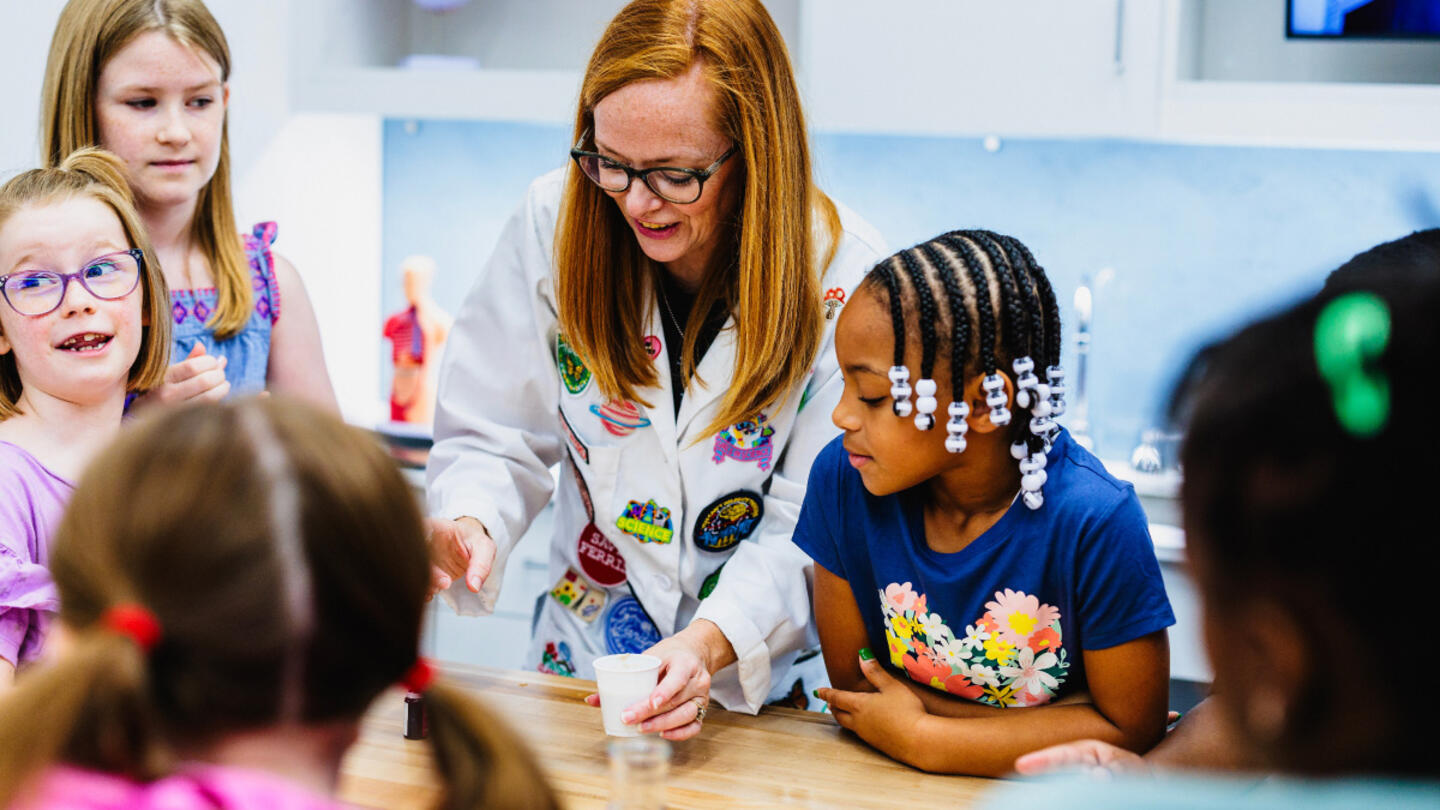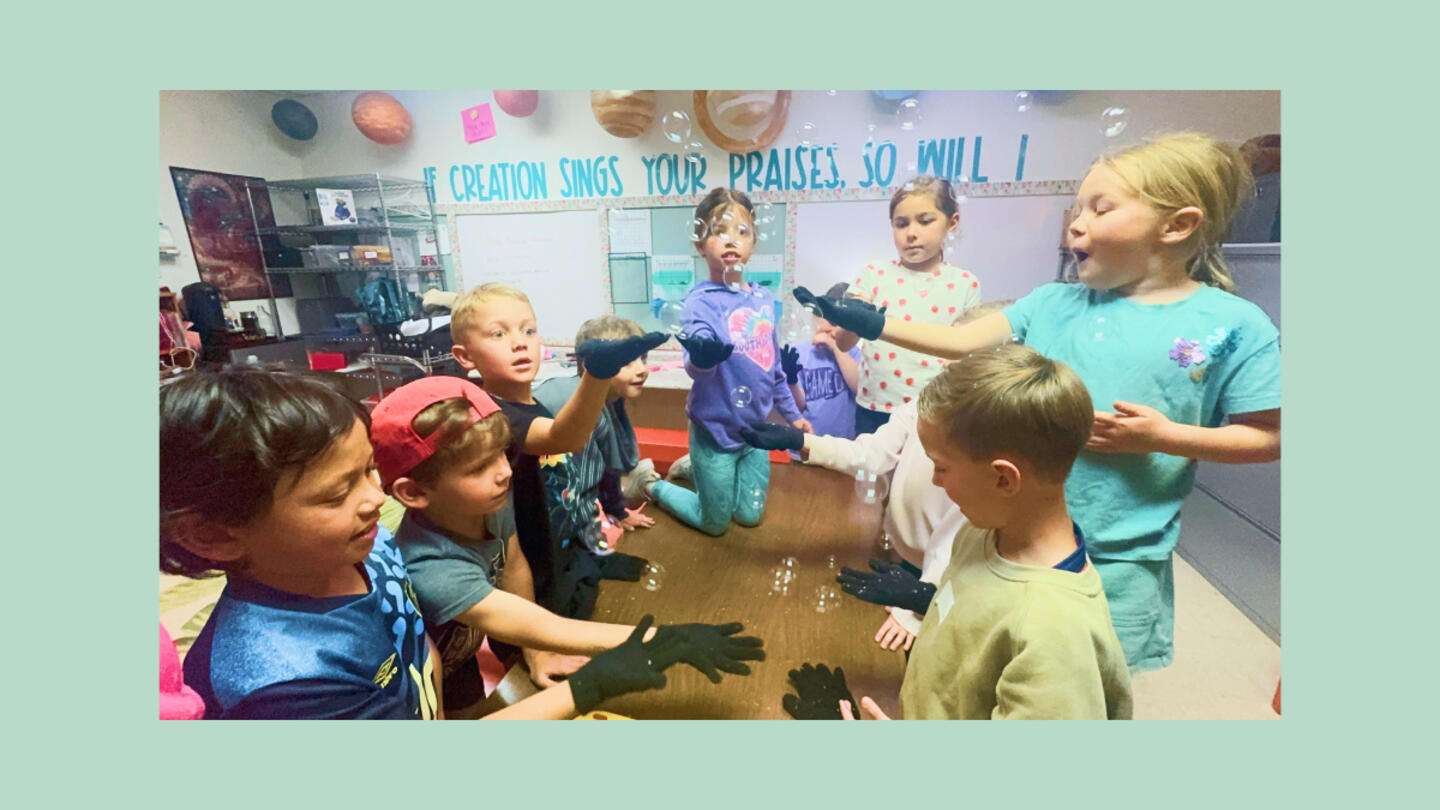Every kid learns in their own way. But for too long, schools have tried a one-size-fits-all approach that leaves too many students behind and unprepared for the workforce.
Closing the skills gap requires innovative education models that empower students to develop practical, adaptable skills needed for the future.
When schools and communities embrace new approaches and bottom-up solutions, students can gain the real-world skills employers are looking for like creativity, problem-solving, collaboration, and critical thinking.
These five organizations are leading the way to education reform by supporting new ideas, helping families have more choices, and building pathways for students to gain the skills needed to thrive in the modern workforce.
1. EdChoice: helping families choose what works
EdChoice started in 1996, inspired by economists Milton and Rose Friedman. The organization believed that families — not systems — should decide where their kids go to school.
EdChoice works to make that happen by pushing for programs like education savings accounts, school vouchers, and tax-credit scholarships. These programs help families use public money for the school that best fits their child’s needs.
With over 700,000 students helped so far, EdChoice gives families more freedom to find schools that emphasize career-ready skills, preparing students to excel in an evolving workforce.
2. VELA Education Fund: backing bold new ideas
VELA supports everyday people who are trying out new ways to teach kids. Instead of forcing top-down methods, VELA embraces creative, community-led solutions that reflect the diverse needs of learners. VELA believes that the people closest to students know what works best.
The nonprofit has given out over 2,000 grants, reaching millions of learners. Instead of telling people what to do, it trusts them to lead.
VELA’s support for flexible, innovative learning models helps students build practical skills, including leadership, creativity, and technical expertise — all essential for closing the skills gap.
Here are some of the unique models VELA has supported:
- Electric Girls builds girls’ confidence in STEM programs by allowing participants to choose and follow their own interests. It also teams up with after-school programs that can help prepare girls for high-demand tech careers.
- The Heron School supports neurodivergent students through individualized education, where they can learn at their own pace and thrive, developing skills employers value.
- WEquilSchool and WEquil App were founded by two entrepreneurial sisters who were unhappy with their school’s remote learning options. They created a model that fosters problem-solving, creativity, and technological fluency.
- Verdi EcoSchool uses hands-on, community-based learning to help kids build social-emotional skills, creativity, and collaboration.
Sign up for Stand Together's K-12 newsletter and get stories, ideas, and advice from changemakers who are transforming education across the country.
3. 50CAN: changing rules that hold students back
50CAN works in different states to change laws and rules that get in the way of better learning. For example, in many places, kids can only attend the school in their ZIP code, even if it’s not a good fit. By challenging outdated policies, 50CAN helps students gain access to learning environments that provide career-relevant skills, regardless of where they live.
50CAN wants to fix that by removing those barriers and giving families more choices. This effort treats families as capable decision-makers who deserve the freedom to choose the best path for their children.
4. yes. every kid.: putting students first
yes. every kid. believes that every student is unique and that their education should be, too. The organization promotes an individualized approach to learning that recognizes each student’s gifts, talents, and aspirations.
This approach supports students in discovering and building skills that matter in today’s economy, including adaptability, collaboration, creativity, and leadership.
Instead, the organization supports learning that gives students choices and helps them discover what they’re good at. This commitment to student agency and choice reflects the belief that true progress happens when individuals are empowered to pursue their own vision of success.
5. Khan Academy: making learning personal with AI
Khan Academy is changing the game by using technology to give students a more personal learning experience. Khanmigo helps kids learn at their own pace by offering instant feedback, hints, and encouragement. By using AI to provide targeted feedback and customized lessons, Khan Academy helps students master critical skills needed for higher education and future careers.
Instead of forcing kids to follow a one-size-fits-all curriculum, Khan Academy’s AI tools meet students where they are. By giving learners more control over their progress, the organization helps more students find success and build confidence in their skills.
Empowering students to close the skills gap
These organizations are proving that closing the skills gap starts with personalized, flexible learning models that equip students with the skills employers need most. Instead of relying on rigid, top-down systems, they empower students, families, and teachers to shape their own futures.
When innovative models that limit skill development are supported, a more dynamic, opportunity-driven education system is created that prepares students for real-world success. These groups are paving the way for a stronger, more adaptable workforce by allowing every student to build skills that matter and helping close the workforce skills gap.
Read more about education reform and innovative education organizations
- Discover fresh ideas for transforming higher education to better prepare students for meaningful work and lifelong success.
- These issues in K-12 education and innovative solutions put students’ needs first.
- See why embracing new education models is key to helping every student reach their full potential.
Learn more about Stand Together’s education efforts, and explore ways you can partner with us.

‘We want these boys to know that regardless of where they come from, they still can be excellent.’

This colearning space has the potential to bridge the divide between public and private education.

New Johns Hopkins data shows homeschooling’s recent surge has transformed the education landscape.
Step 1: Find the best learning environment for your child. Step 2? Figure out how to pay for it.